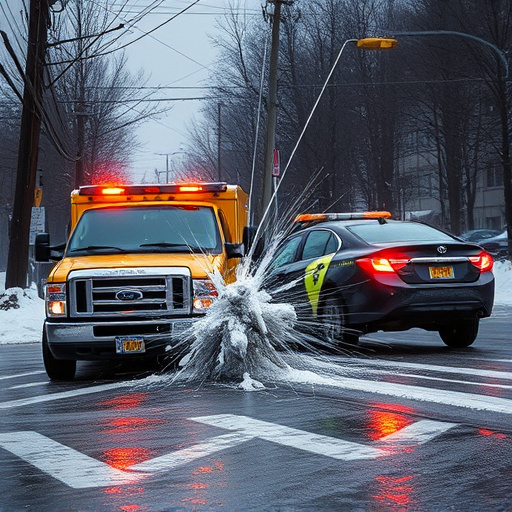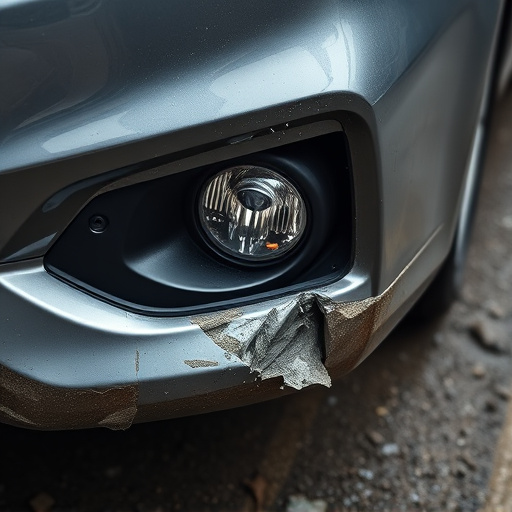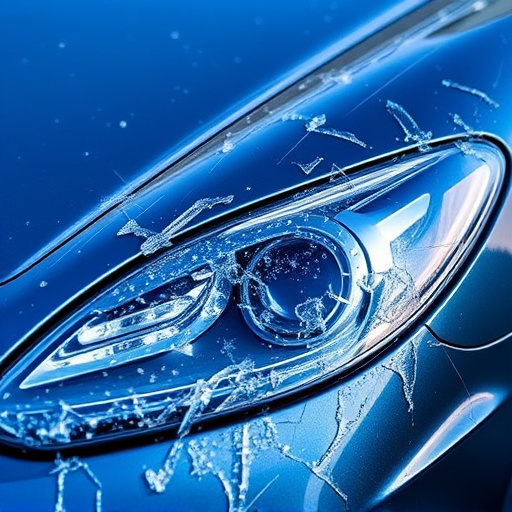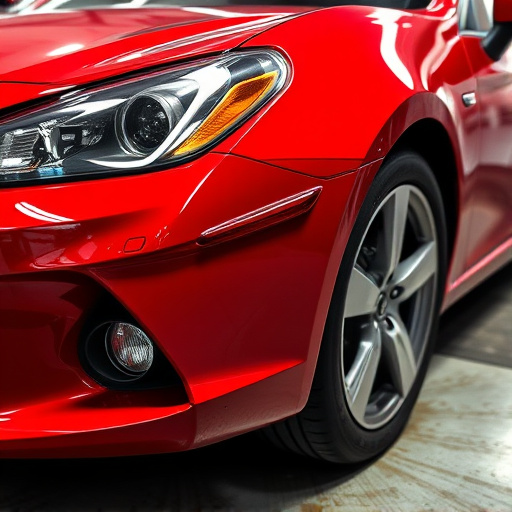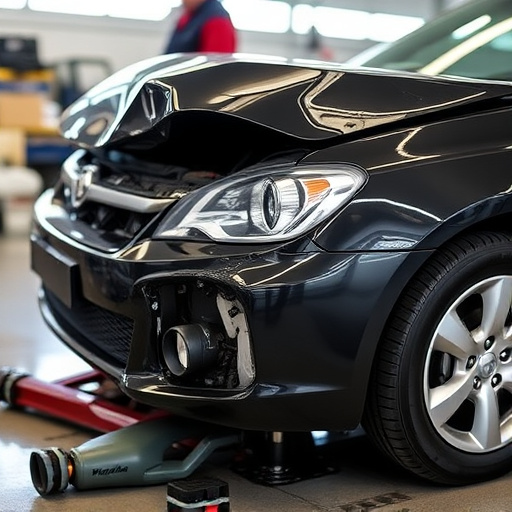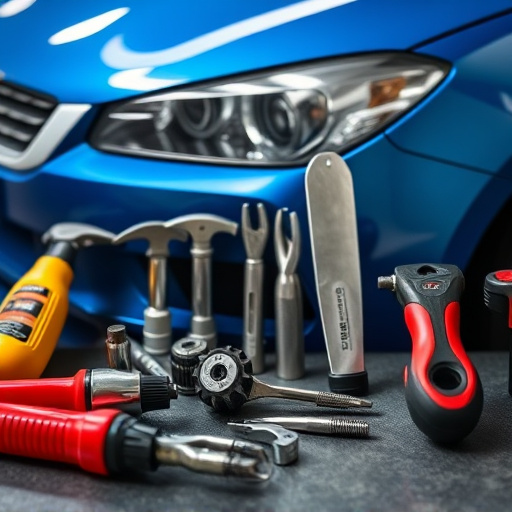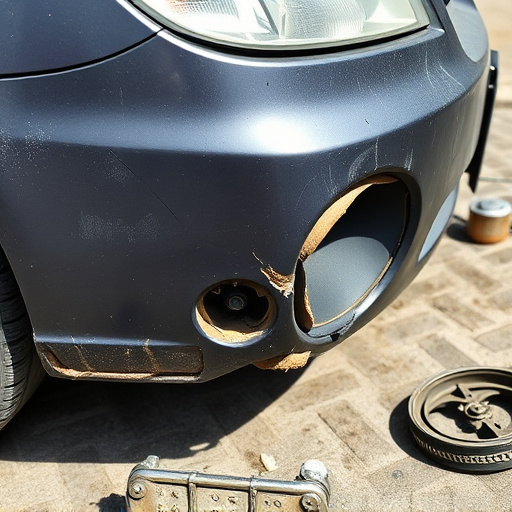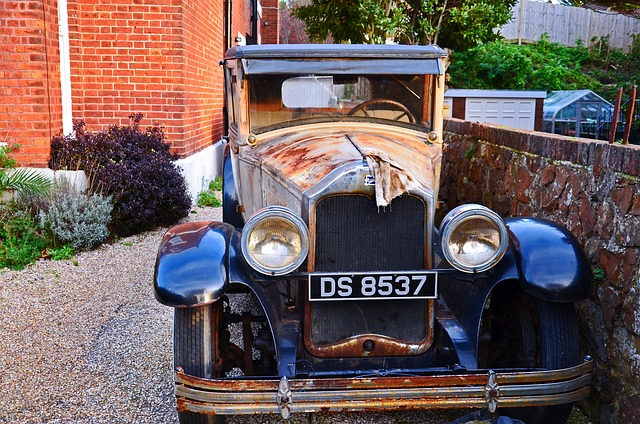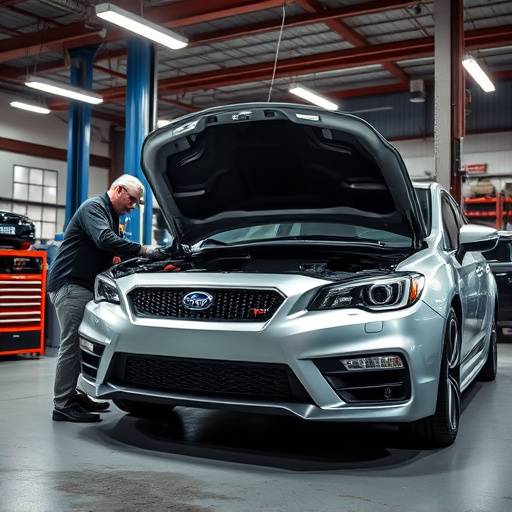Accurately assessing carpet damage in collision scenarios is key for efficient repairs or replacements. Inspecting for tearing, burning, or water damage determines requirements from spot treatments to complete carpet replacement. Balancing cost and benefits involves considering structural issues, resale value, and aesthetics. Enlisting professional inspectors ensures thorough evaluations of subtle damage, especially in high-end vehicles like Mercedes Benz.
Accurate diagnosis is key when considering carpet replacement after collision damage. This comprehensive guide outlines effective strategies to navigate the repair versus replacement dilemma. We’ll explore how to assess carpet damage types and extent accurately, compare cost benefits, and emphasize the importance of professional inspection for an objective evaluation. By following these steps, you’ll make informed decisions regarding carpet replacement collisions, ensuring both efficiency and affordability.
- Assess Carpet Damage Types and Extent Accurately
- Compare Repair vs. Replacement Cost Benefits
- Implement Professional Inspection for Objective Evaluation
Assess Carpet Damage Types and Extent Accurately
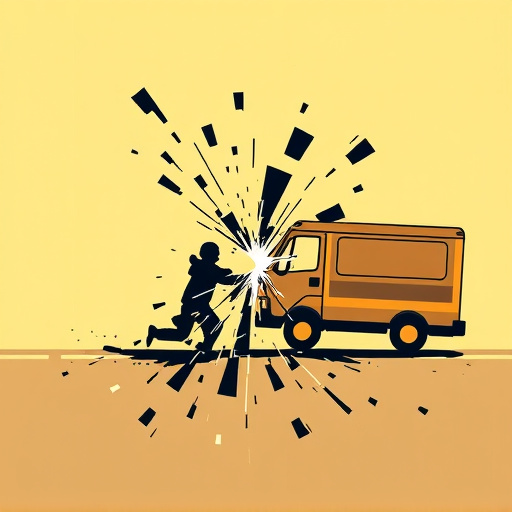
Accurately assessing carpet damage types and extent is a crucial first step in any carpet replacement collision scenario. Inspecting the affected area closely for signs of tearing, burning, or water damage is essential to understanding the full scope of repairs required. Different carpet damages may necessitate distinct approaches—from simple spot treatments for minor scuffs to complete carpet replacement for severe delaminating or moisture-related damage. Utilizing specialized tools and knowledge of automotive repair services can aid in accurately identifying the extent of carpet deterioration, ensuring that only necessary replacements are undertaken, thereby minimizing costs associated with car bodywork repairs.
Compare Repair vs. Replacement Cost Benefits
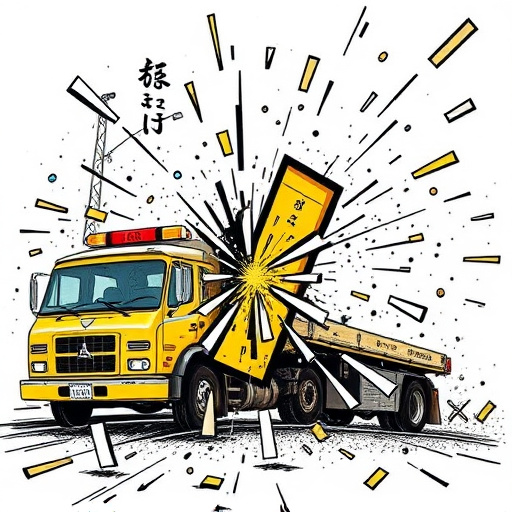
When assessing carpet replacement collision damage, one of the critical considerations is balancing the cost benefits between repair and replacement. While a car scratch repair or car paint repair might seem like a quicker fix for smaller damages, it’s essential to evaluate if these methods can restore the car’s pre-collision aesthetic. Often, particularly with extensive body work or severe carpet discoloration, complete replacement offers a more sustainable solution. This is because car bodywork repairs can only address visible issues on the surface, not underlying structural problems that may have been caused by the collision.
Comparing the costs should involve meticulous analysis of both short-term and long-term implications. Carpet replacement collision damage might seem like a larger upfront expense but could prove more cost-effective in the long run, ensuring the vehicle retains its value better. Moreover, replacing damaged carpeting provides an opportunity to upgrade to higher-quality materials, enhancing the overall aesthetics and comfort of the vehicle.
Implement Professional Inspection for Objective Evaluation
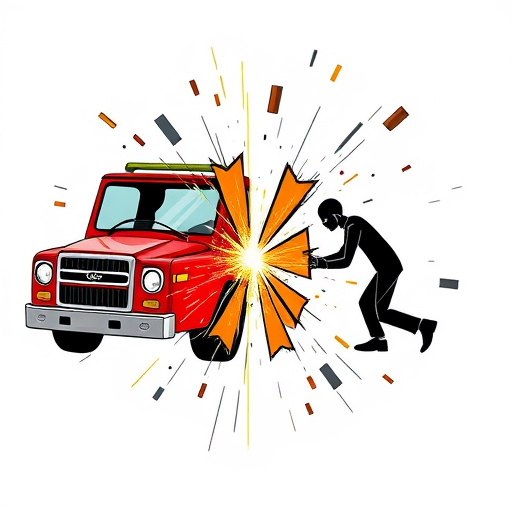
When assessing carpet replacement collision damage, one of the most effective strategies is to enlist professional inspectors. These experts have the training and experience necessary to provide an objective evaluation of the extent of the damage. By involving professionals in this process, you ensure a thorough and accurate analysis, which can be crucial for making informed decisions about repairs or replacements.
Professional inspection plays a vital role in the automotive body work process, especially when dealing with high-end vehicles like Mercedes Benz collision repair cases. The meticulous eye of a trained inspector can uncover subtle signs of damage that might otherwise go unnoticed, ensuring every detail is accounted for during auto maintenance and restoration efforts.
When considering a carpet replacement after a collision, accurate diagnosis is key. By assessing damage types and extent, comparing repair and replacement costs, and relying on professional inspections, you can make an informed decision that balances quality, cost-effectiveness, and longevity. This approach ensures the best outcome for your space and budget, facilitating a seamless transition towards a safe and aesthetically pleasing environment.
